Voussoir Geometry
Digital Stereotomy: Voussoir geometry for freeform masonry-like vaults informed by structural and fabrication constraints
Matthias RIPPMANN, Philippe BLOCK
Research Assistant ETH Zurich Zurich, Switzerland
This paper discusses new ways of digitally generating voussoir geometry for freeform masonry-like vaults.
Through the combination of the recently developed form finding methods like Thrust Network Analysis (TNA), which facilitates the design of freeform compression-only surfaces and fast and flexible CNC-machining, structural efficient and expressive stone structures could be build which embrace today’s technological, economical, and ecological demands.
This can only happen when all constraints in the process of design and materialization are fully understood and integrated in a smooth digital stream from form finding to fabrication.
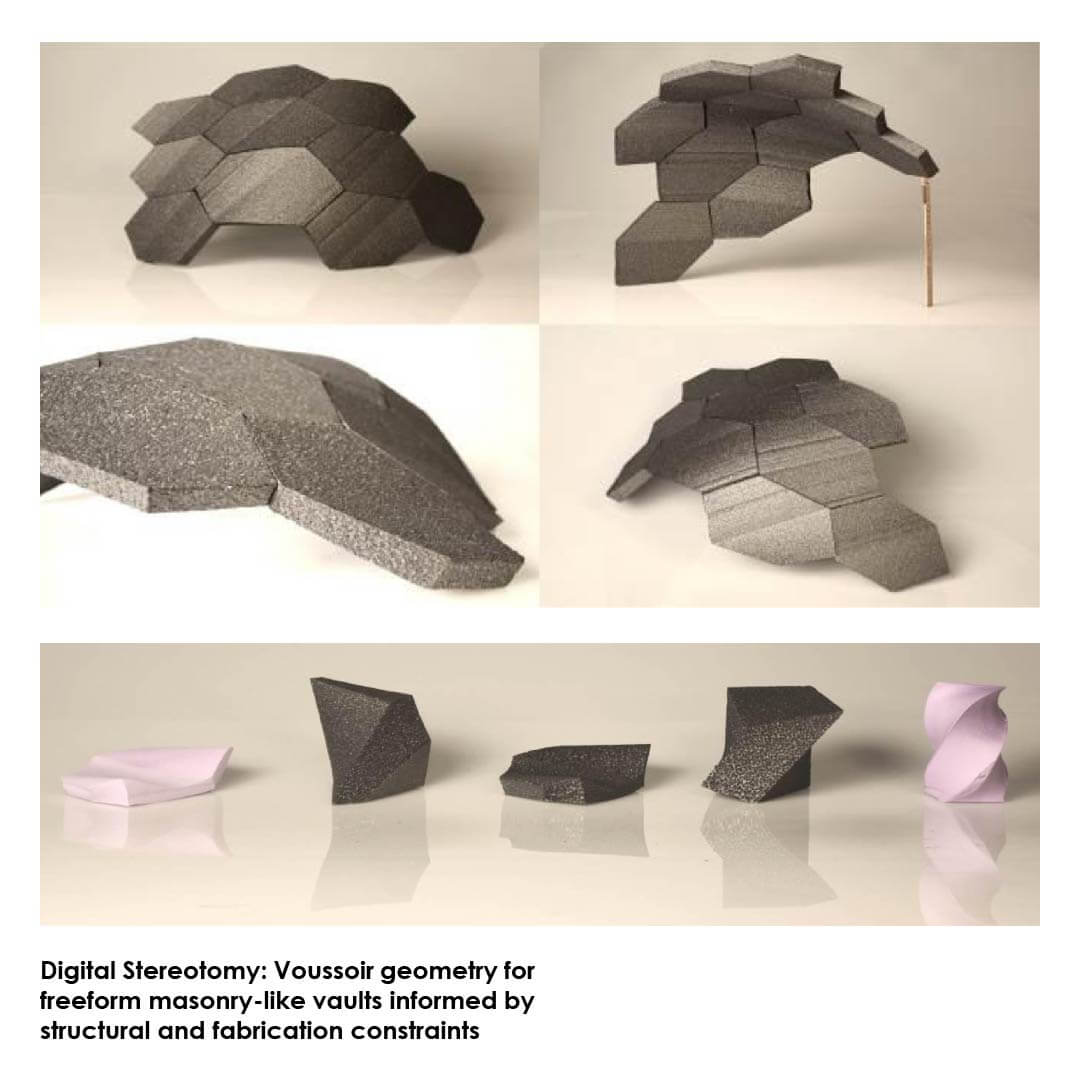 This paper focuses on the geometrical interdependencies between the generation of the voussoirs and the physical limitations of the fabrication on the basis of structural information.
This paper focuses on the geometrical interdependencies between the generation of the voussoirs and the physical limitations of the fabrication on the basis of structural information.
The principle is tested physically by cutting individual foam blocks, simulating the rapid and efficient cutting of natural stone with a diamondwire saw. This is done on an experimental fabrication setup, especially designed for this research and based on four-axes CNC hot-wire cutting technology.
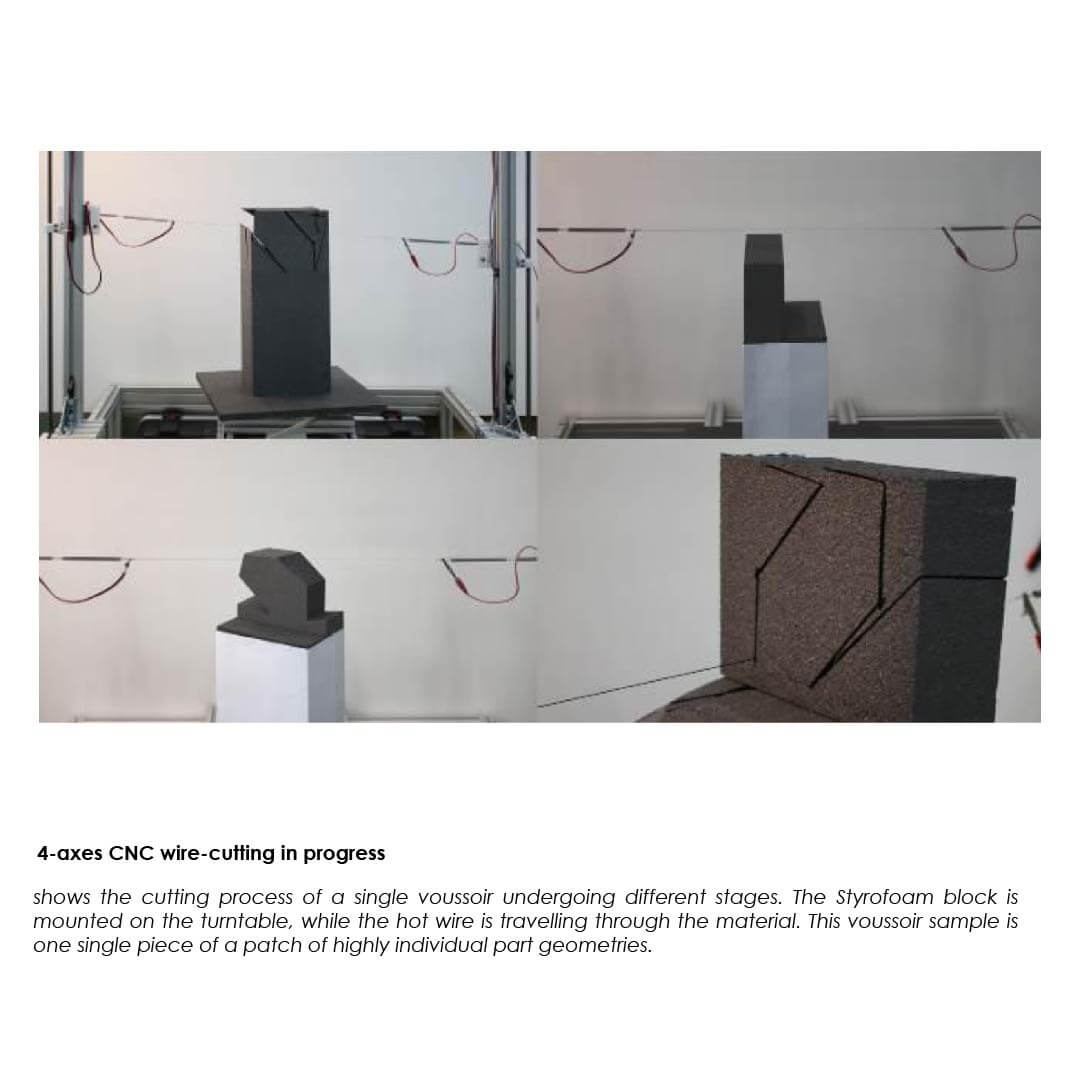 Gothic masonry vaults show in an impressive manner the natural aesthetics of stone structures in which structural and ornamental building parts are combined to complex building forms.
Gothic masonry vaults show in an impressive manner the natural aesthetics of stone structures in which structural and ornamental building parts are combined to complex building forms.
To master the geometrical complexity and realization of these forms, the art of stone cutting (stereotomy) emerged and developed over centuries.
To design and realize those delicate structures, stereotomy is mainly planned and developed by using layout drawings, the so called ”traints”, which show the orthographic projection of typically complex and expressive stone structures.
Historic masonry structures mostly consist of symmetric and/or repetitive building parts though. This geometrical characteristic facilitated the tessellation design of the vault and the shape of the voussoirs, which could be determined based on experience and basic assumptions on the direction of forces along arches and ribs.
With the advent of the industrial revolution and the rise of new structural materials and systems, this technique fell into oblivion, which caused a major shift in architecture, leaving stereotomy stagnating until today.
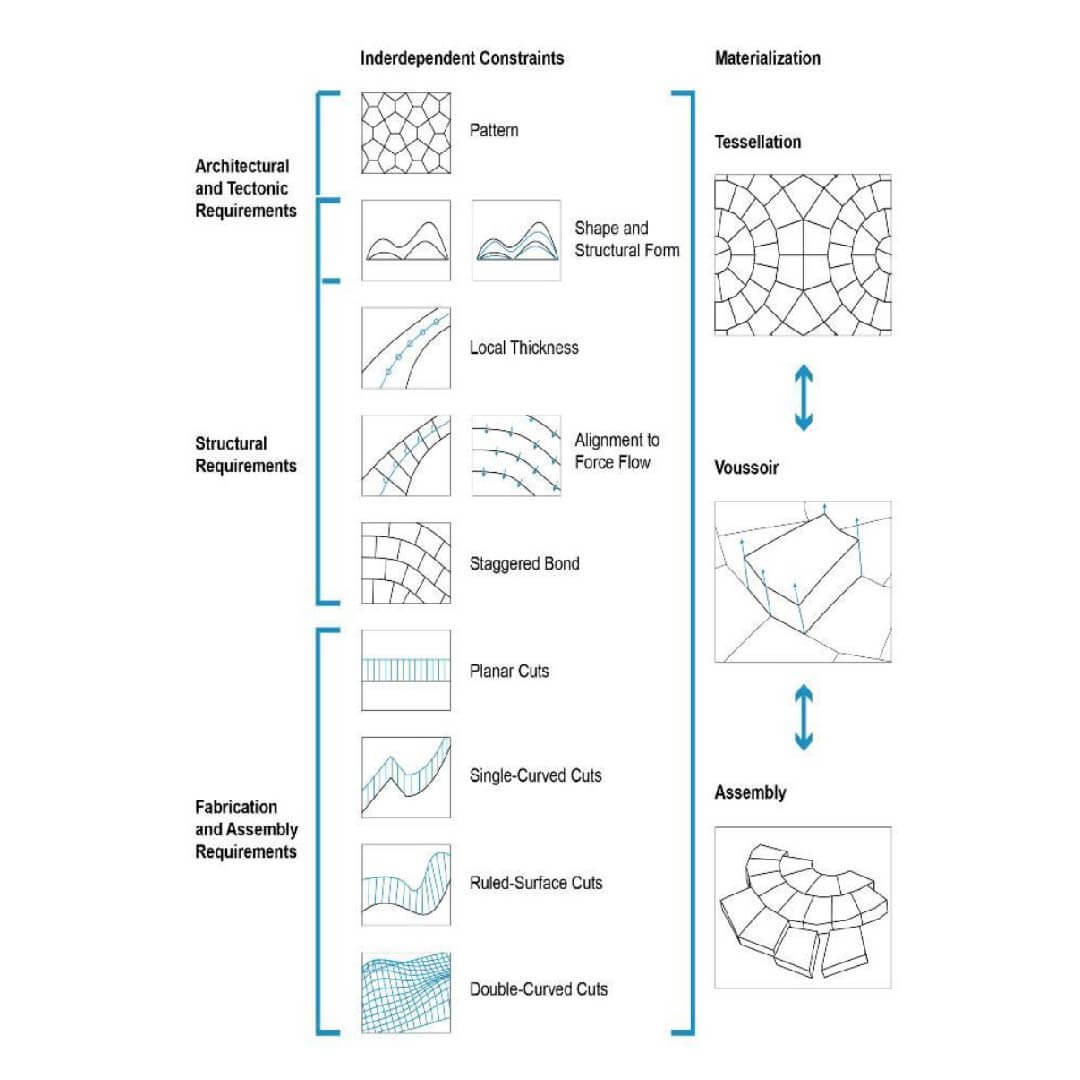 Equipped with new digital design and fabrication tools, we are now encouraged to rediscover the great potential of building elegant and efficient stone structures.
Equipped with new digital design and fabrication tools, we are now encouraged to rediscover the great potential of building elegant and efficient stone structures.
Thanks to new form finding methods, it is possible to design freeform, compression-only vaults in a digital CAD environment in structurally intuitive ways.
On the fabrication side, CNC machines designed to process stone efficiently are already widely used and well established in the industry.
Computational approaches have been used to generate and visualize complex three-dimensional representations of stone vaults.
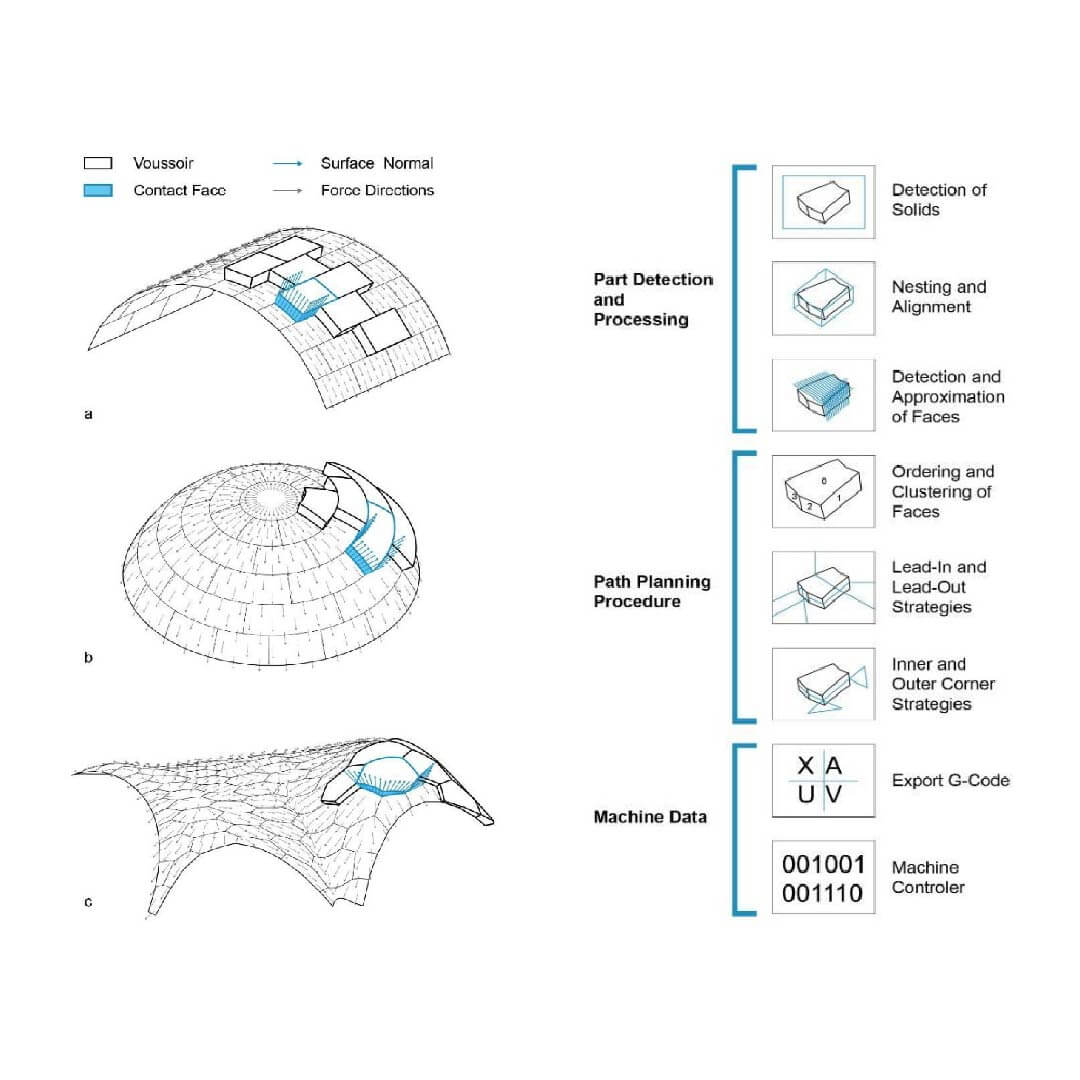 These approaches incorporate the analysis and investigation of existing structures but also the modification and manipulation of certain tessellation patterns on double curved geometries by using three-dimensional modelling software and build-in transformation commands.
These approaches incorporate the analysis and investigation of existing structures but also the modification and manipulation of certain tessellation patterns on double curved geometries by using three-dimensional modelling software and build-in transformation commands.
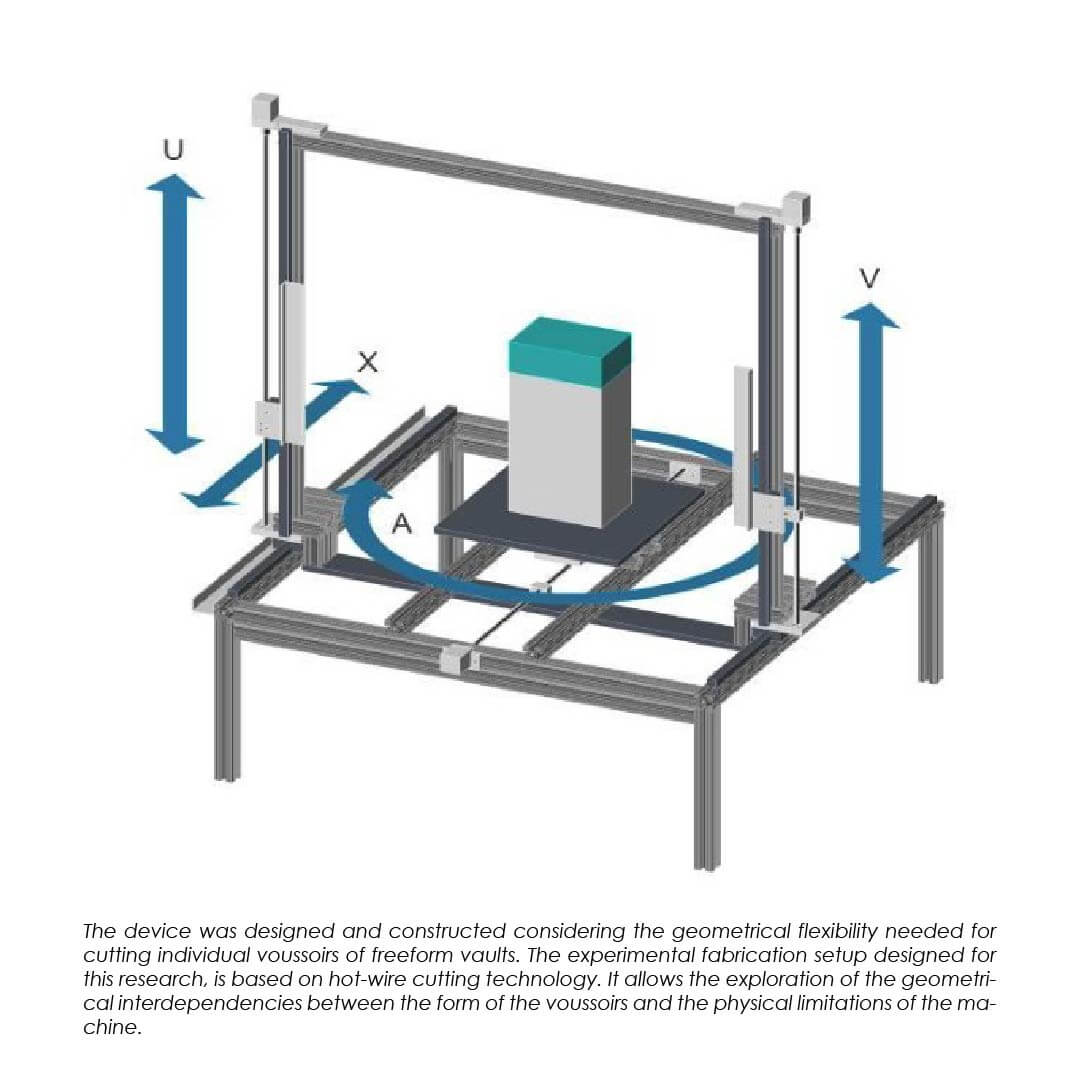 These developments and technical advances clearly hint that there could be a future for new types of stone vaults.
These developments and technical advances clearly hint that there could be a future for new types of stone vaults.
This mainly embraces the use of new form finding methods, especially e.g. TNA, which significantly increase the flexibility of designing and shaping compression-only vaults, resulting in a wider spectrum of vault designs in general.
In addition, the automated process of CNC stone cutting enhances the slow and meticulous procedure of cutting complex elements.




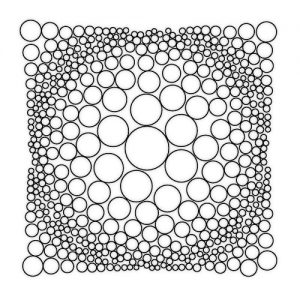























Comments